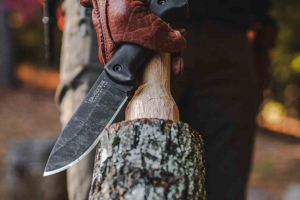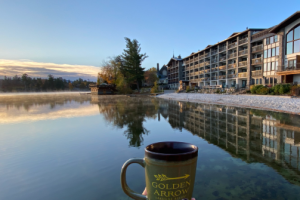When it comes to photography, composition is a crucial element that can make or break your shot. One effective yet underutilized technique to enhance your compositions is the frame-in-frame method. But what exactly is it, and how can you use it to take your photos to the next level?
Understanding Composition in Photography
Composition is the art of arranging various elements within the frame to create a balanced, visually appealing image. It’s about deciding what to include in the shot and, just as importantly, what to leave out. The goal is to guide the viewer’s eyes to the focal point and ensure the photo is both engaging and pleasing to look at.
In simple terms, composition is the way you position and organize the elements in your frame to highlight your subject and create a harmonious photograph.
What is Frame-in-Frame Photography?
Frame-in-frame composition involves using elements within the environment to create a “frame” around your subject. This creates a layered effect, adding depth and directing the viewer’s focus to the main subject of the image.
This technique works particularly well in street photography, where you can use the natural surroundings to frame your subject in creative ways. By incorporating a second frame within your primary frame, you not only draw attention to your subject but also enhance the visual richness of your image.
Common Frame-in-Frame Elements
While finding the perfect frame can be tricky, numerous everyday elements can serve as natural frames. Some common ones include:
- Architectural Features: Doorways, windows, archways, tunnels, and bridges.
- Natural Elements: Tree branches, foliage, shadows, reflections in puddles, and even passing crowds or vehicles.
- Urban Features: Fences, railings, street signs, and furniture like benches or lampposts.
The key is to be observant and creative. For example, you could capture a subject through a wheel or use the trunk of a tree as a natural border for your shot.
Why Use Frame-in-Frame?
Using this technique offers several benefits in street photography. Firstly, it adds visual interest by creating a more dynamic composition. It also allows you to focus the viewer’s attention on the subject while minimizing distractions that may be present in the background.
In addition, the frame-in-frame approach adds a sense of depth to your photos by distinguishing the foreground from the background, giving the image a more three-dimensional feel.
How to Find Frame-in-Frame Opportunities
To effectively utilize this technique, it’s important to develop a keen eye for potential framing elements. Here are a few strategies to help you find these opportunities:
- Look for Foreground Elements: Look for windows, fences, or any objects you can shoot through. Mirrors can also provide interesting frames, and in some cases, being in the shot can add to the intrigue.
- Use Background Frames: In some situations, you can position your subject against a background frame, such as an archway or a gate. These frames help separate the subject from the surrounding environment, making them stand out more.
- Experiment with Angles: Once you’ve taken a few standard photos of your subject, try incorporating frames to see if you can enhance the image. You may discover that adding a frame makes the subject appear more striking or adds a layer of interest.
By carefully considering your surroundings and experimenting with framing, you can create more engaging, dynamic street photos.
Conclusion
Frame-in-frame photography is a powerful technique that can transform ordinary shots into extraordinary ones. By observing your environment and creatively incorporating frames, you can add depth, focus, and intrigue to your photographs. Next time you head out with your camera, keep an eye out for natural frames and use them to elevate your street photography skills.

















